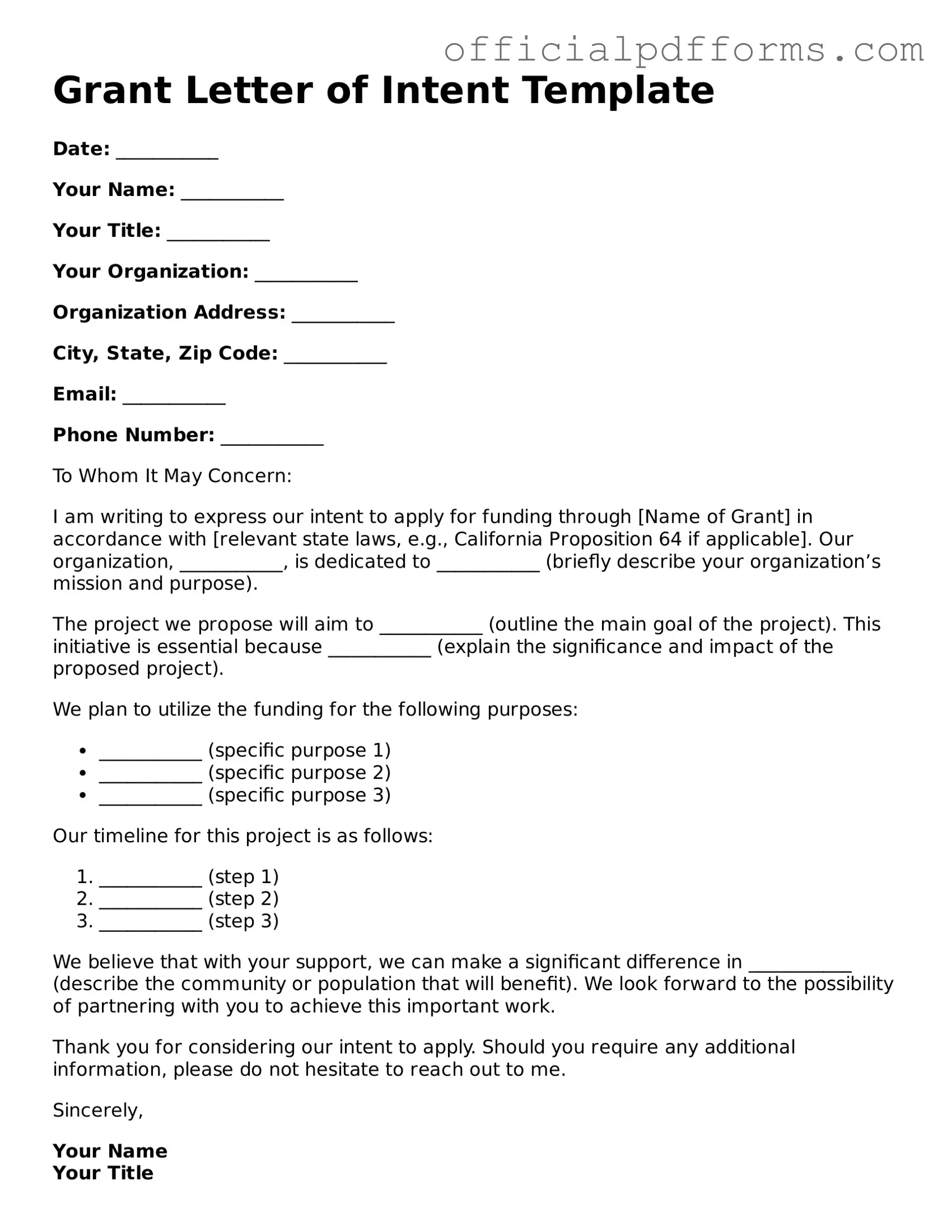What is a Grant Letter of Intent?
A Grant Letter of Intent (LOI) is a preliminary document submitted to a funding organization. It outlines your project idea and demonstrates your intent to apply for a grant. The LOI helps the funder assess whether your project aligns with their goals before you submit a full proposal.
Why do I need to submit a Letter of Intent?
Submitting an LOI can save you time and resources. It allows the funding organization to review your project concept and determine if it fits their funding priorities. If your LOI is accepted, you will be invited to submit a full grant proposal.
What should I include in my Letter of Intent?
Your LOI should include:
-
A brief introduction of your organization
-
A clear description of the project
-
The need or problem your project addresses
-
Your project goals and objectives
-
A summary of the budget
-
Your expected outcomes
How long should the Letter of Intent be?
Typically, an LOI should be concise, usually ranging from one to three pages. Check the specific requirements of the funding organization, as they may have guidelines regarding length and format.
What is the submission process for the Letter of Intent?
Each funding organization may have its own submission process. Generally, you will need to send your LOI via email or through an online portal. Ensure you follow their instructions closely and submit by the deadline.
While there is no universal format, it is advisable to follow any guidelines provided by the funding organization. Use a professional tone, include headings for clarity, and ensure proper grammar and spelling throughout.
What happens after I submit my Letter of Intent?
After submission, the funding organization will review your LOI. They may contact you for additional information or clarification. If your LOI is approved, you will receive an invitation to submit a full grant proposal.
Can I apply for multiple grants with the same Letter of Intent?
It is generally not advisable to use the same LOI for multiple applications. Each funding organization has unique priorities and requirements. Tailoring your LOI to each funder increases your chances of success.
What should I do if my Letter of Intent is rejected?
If your LOI is not accepted, don’t be discouraged. Review any feedback provided and consider how you can strengthen your project proposal. You may also reach out to the funder for clarification on their decision.
Are there any costs associated with submitting a Letter of Intent?
Typically, there are no fees for submitting an LOI. However, consider any costs related to preparing your proposal, such as research, printing, or other resources. Always check with the funding organization for any specific requirements.
